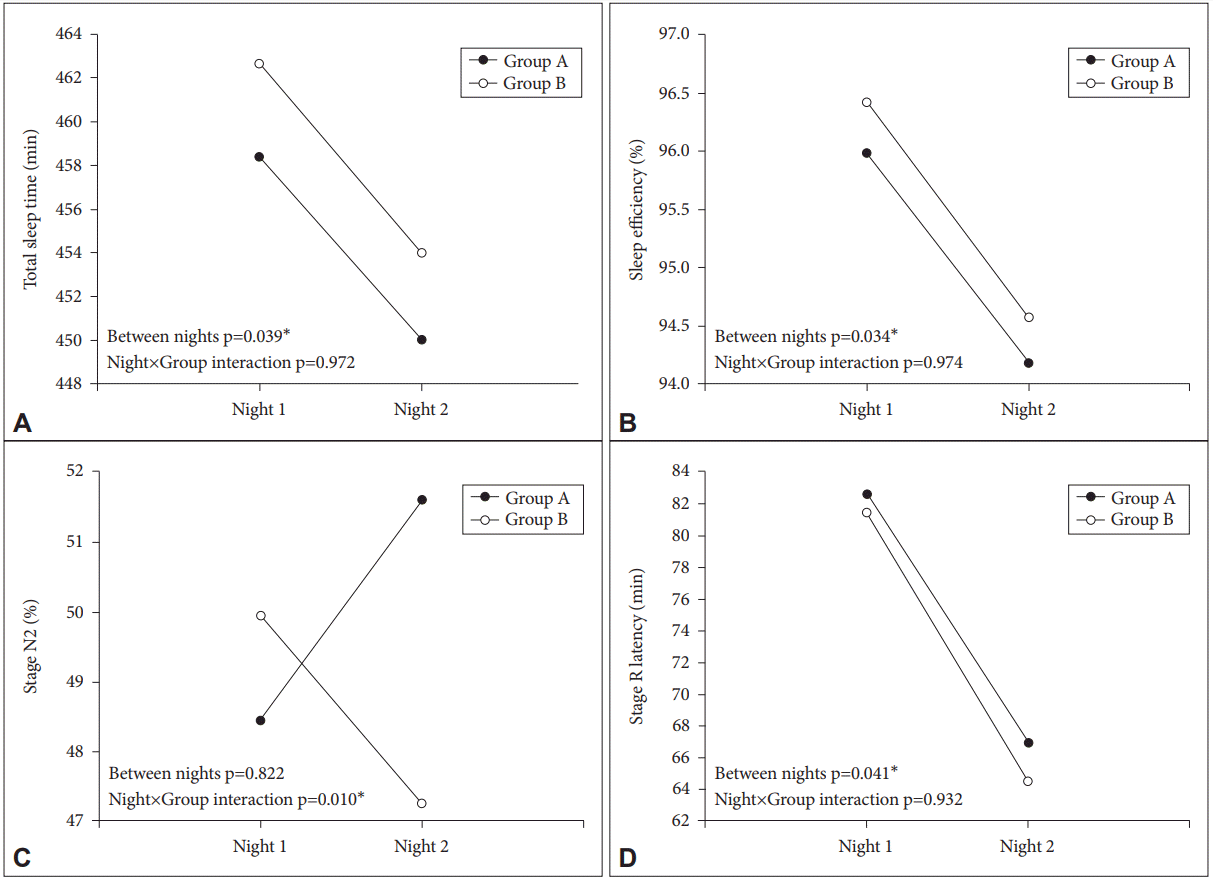2. Rajaratnam SM, Arendt J. Health in a 24-h society. Lancet 2001;358:999-1005.


3. Czeisler CA, Johnson MP, Duffy JF, Brown EN, Ronda JM, Kronauer RE. Exposure to Bright Light and Darkness to Treat Physiologic Maladaptation to Night Work. New Engl J Med 1990;322:1253-1259.


4. Parker G, Walter S. Seasonal variation in depressive disorders and suicidal deaths in New South Wales. Br J Psychiatry 1982;140:626-632.


5. Vyssoki B, Kapusta ND, Praschak-Rieder N, Dorffner G, Willeit M. Direct effect of sunshine on suicide. JAMA Psychiatry 2014;71:1231-1237.


6. Jee HJ, Cho CH, Lee YJ, Choi N, An H, Lee HJ. Solar radiation increases suicide rate after adjusting for other climate factors in South Korea. Acta Psychiatr Scand 2017;135:219-227.


7. Navara KJ, Nelson RJ. The dark side of light at night: physiological, epidemiological, and ecological consequences. J Pineal Res 2007;43:215-224.


11. Kloog I, Haim A, Stevens RG, Portnov BA. Global CoŌĆÉDistribution of Light at Night (LAN) and Cancers of Prostate, Colon, and Lung in Men. Chronobiology Int 2009;26:108-125.

12. Fonken LK, Finy MS, Walton JC, Weil ZM, Workman JL, Ross J, et al. Influence of light at night on murine anxiety-and depressive-like responses. Behav Brain Res 2009;205:349-354.


13. Lewy A, Wehr T, Goodwin F, Newsome D, Markey S. Light suppresses melatonin secretion in humans. Science 1980;210:1267-1269.


14. Borniger JC, Maurya SK, Periasamy M, Nelson RJ. Acute dim light at night increases body mass, alters metabolism, and shifts core body temperature circadian rhythms. Chronobiol Int 2014;31:917-925.


15. Fonken L, Weil Z, Nelson R. Dark nights reverse metabolic disruption caused by dim light at night. Obesity (Silver Spring) 2013;21:1159-1164.


17. Bedrosian TA, Fonken LK, Walton JC, Haim A, Nelson RJ. Dim light at night provokes depression-like behaviors and reduces CA1 dendritic spine density in female hamsters. Psychoneuroendocrinology 2011;36:1062-1069.


18. Borniger JC, McHenry ZD, Salloum BA, Nelson RJ. Exposure to dim light at night during early development increases adult anxiety-like responses. Physiol Behav 2014;133:99-106.


19. Shuboni D, Yan L. Nighttime dim light exposure alters the responses of the circadian system. Neuroscience 2010;170:1172-1178.


20. Cho CH, Lee HJ, Yoon HK, Kang SG, Bok KN, Jung KY, et al. Exposure to dim artificial light at night increases REM sleep and awakenings in humans. Chronobiol Int 2016;33:117-123.


21. Cho AR, Cho CH, Yoon HK, Moon JH, Lee HJ, Kim L. Impact of Dim Artificial Light at Night (dALAN) Exposure during Sleep on Human Fatigue. Sleep Med Psychophysiol 2016;23:53-60.

22. Narisada K, Schreuder D. Light Pollution Handbook, Vol. 322 of Astrophysics and Space Science Library. Berlin: Springer; 2004.
23. Jasser SA, Hanifin JP, Rollag MD, Brainard GC. Dim light adaptation attenuates acute melatonin suppression in humans. J Biol Rhythms 2006;21:394-404.


25. Hergueta T, Baker R, Dunbar GC. The Mini-International Neuropsychiatric Interview (MINI): the development and validation of a structured diagnostic psychiatric interview for DSM-IVand ICD-10. J Clin Psychiatry 1998;59(Suppl 20):22-33.
26. Shuboni D, Yan L. Nighttime dim light exposure alters the responses of the circadian system. Neuroscience 2010;170:1172-1178.


28. Borniger JC, Weil ZM, Zhang N, Nelson RJ. Dim Light at Night Does Not Disrupt Timing or Quality of Sleep in Mice. Chronobiol Int 2013;30:1016-1023.


29. Palagini L, Baglioni C, Ciapparelli A, Gemignani A, Riemann D. REM sleep dysregulation in depression: state of the art. Sleep Med Rev 2013;17:377-390.


31. Leibenluft E, Feldman-Naim S, Turner EH, Schwartz PJ, Wehr TA. Salivary and plasma measures of dim light melatonin onset (DLMO) in patients with rapid cycling bipolar disorder. Biol Psychiatry 1996;40:731-735.


32. Pandi-Perumal SR, Smits M, Spence W, Srinivasan V, Cardinali DP, Lowe AD, et al. Dim light melatonin onset (DLMO): a tool for the analysis of circadian phase in human sleep and chronobiological disorders. Prog Neuropsychopharmacol Biol Psychiatry 2007;31:1-11.


33. Brainard GC, Richardson BA, Petterborg LJ, Reiter RJ. The effect of different light intensities on pineal melatonin content. Brain Res 1982;233:75-81.


34. Provencio I, Cooper HM, Foster RG. Retinal projections in mice with inherited retinal degeneration: implications for circadian photoentrainment. J Comp Neurol 1998;395:417-439.


35. Bartness TJ, Demas GE, Song CK. Seasonal changes in adiposity: the roles of the photoperiod, melatonin and other hormones, and sympathetic nervous system. Exp Biol Med (Maywood) 2002;227:363-376.


37. Lyon VE, Baker BI. The effect of photoperiod on plasma levels of melanin-concentrating hormone in the trout. J Neuroendocrinol 1993;5:493-499.


41. Baker FC, Driver HS. Circadian rhythms, sleep, and the menstrual cycle. Sleep Med 2007;8:613-622.











